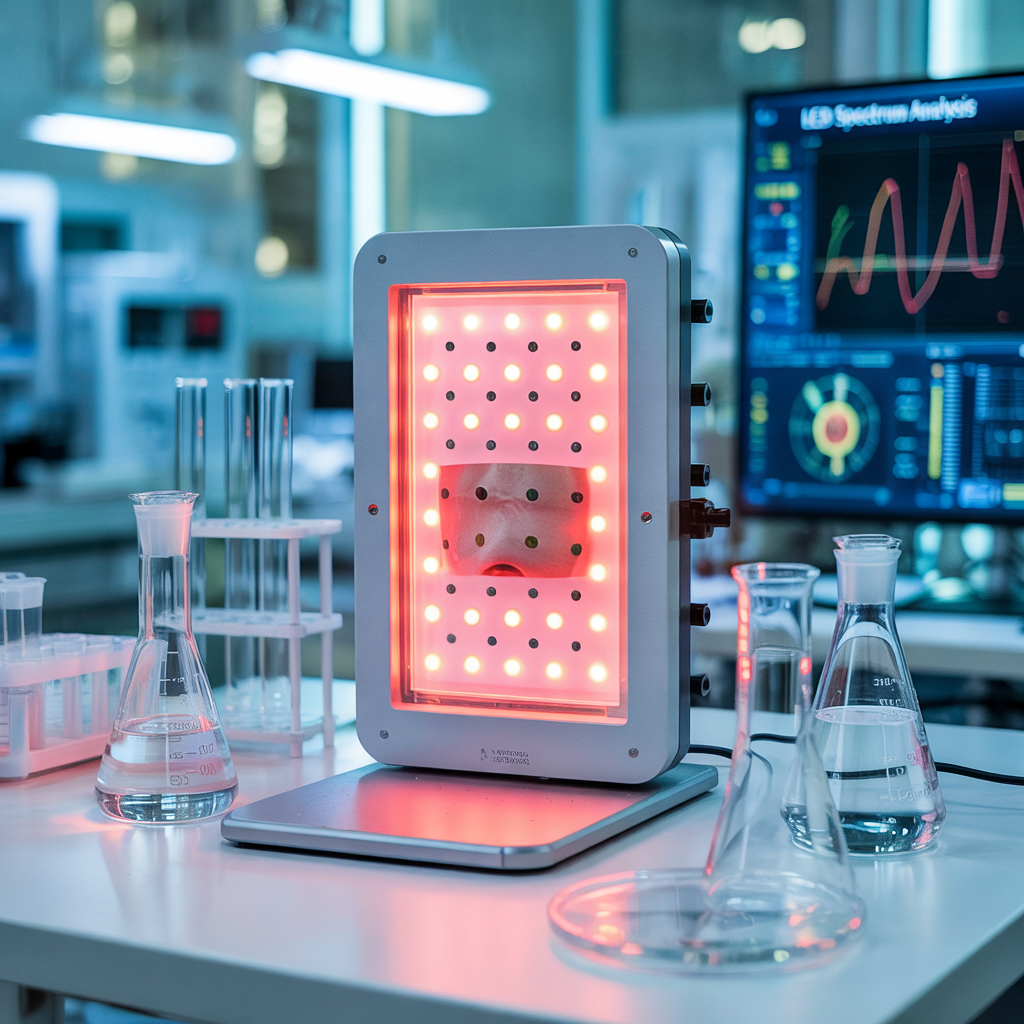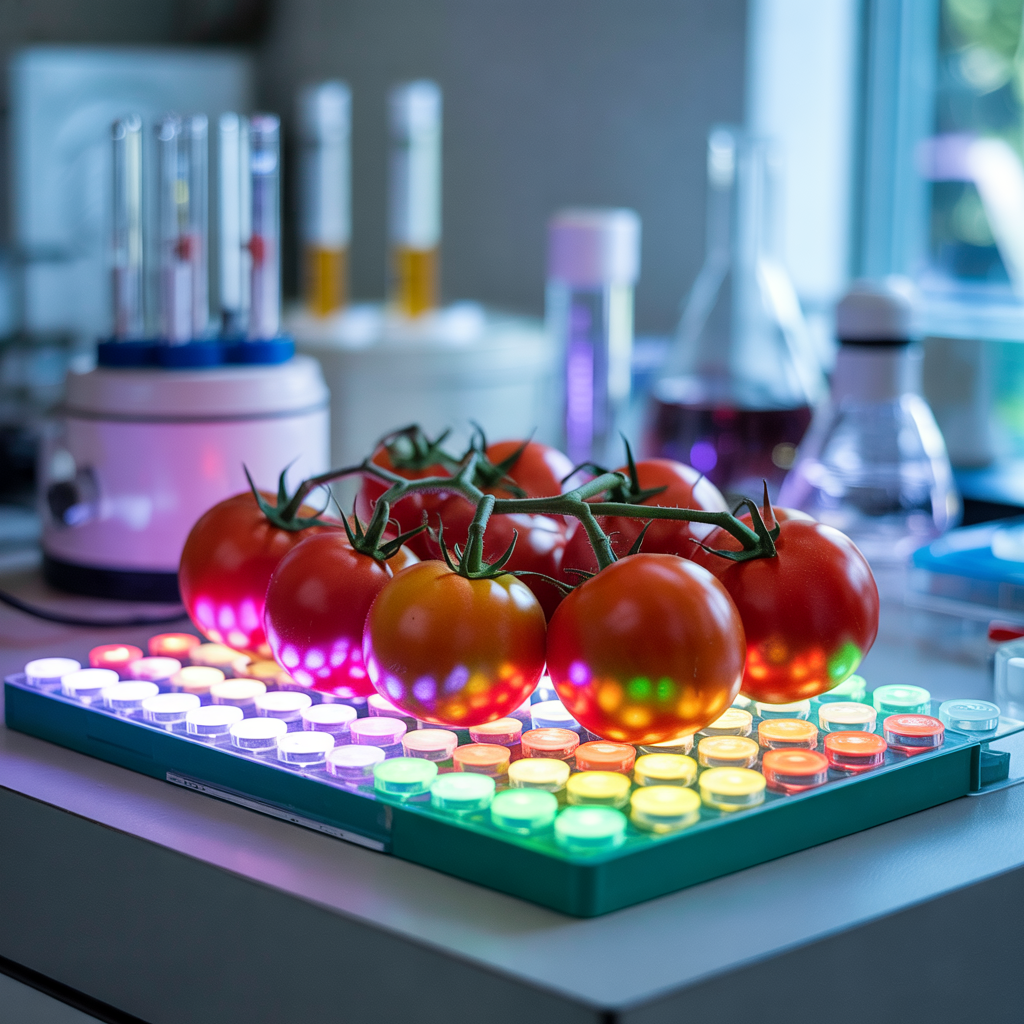Are LED Lights Affective for Redness? A Scientific Answer
Are LED lights affective for redness? Yes, LED light therapy—especially red and near-infrared light—is effective for reducing redness by calming inflammation, improving skin healing, and boosting circulation. It’s commonly used to treat rosacea, acne, and post-treatment redness. Consistent use yields better results over time. Redness of the skin, medically termed erythema, can stem from various…
Are LED lights affective for redness? Yes, LED light therapy—especially red and near-infrared light—is effective for reducing redness by calming inflammation, improving skin healing, and boosting circulation. It’s commonly used to treat rosacea, acne, and post-treatment redness. Consistent use yields better results over time.
Redness of the skin, medically termed erythema, can stem from various sources, including sunburns, rosacea, acne, eczema, and even simple irritation. Understanding the underlying cause is crucial for effective treatment.
Redness is primarily caused by dilation of blood vessels near the skin’s surface. This increased blood flow makes the capillaries more visible, resulting in a flushed appearance.
Are LED Lights Affective for Redness?

Inflammatory Processes
Many types of skin redness are linked to inflammation. Inflammation is the body’s natural response to injury or irritation, but excessive inflammation can worsen redness and other skin problems.
Read More: How to Dim LED Lights? Dim Your Light Properly
Introduction to LED Light Therapy
What is LED Light Therapy?
LED light therapy, also known as photobiomodulation, uses specific wavelengths of light to stimulate cellular processes in the skin. Different wavelengths target different skin concerns.
How it Works
LED light penetrates the skin, interacting with cells to reduce inflammation, promote collagen production, and improve overall skin health. The specific wavelengths determine the therapeutic effect.
Wavelengths and their Effects
Red light (630-700nm) is primarily anti-inflammatory and promotes collagen production, while blue light (405-420nm) targets acne-causing bacteria. Near-infrared light (810-850nm) also plays a role in healing and improving circulation.
Read More: 15 Excellent Staircase Ceiling Lighting Ideas In This Year
LED Lights and Redness Reduction: The Science

Red Light’s Anti-inflammatory Properties
Red LED light has been shown to reduce inflammation by inhibiting the production of pro-inflammatory cytokines, key players in redness and irritation.
Collagen Stimulation and Skin Repair
Increased collagen production improves skin texture, reduces wrinkles, and helps to heal damaged skin, indirectly contributing to redness reduction.
Improved Blood Circulation
Enhanced blood flow can help deliver nutrients to the skin and remove waste products, leading to healthier-looking skin with less redness.
Studies and Clinical Trials
Numerous studies have investigated the effectiveness of LED light therapy for various skin conditions, including rosacea and acne, showing promising results in reducing redness and improving overall skin appearance.
Read More: Illuminating The Outdoors: How to Add LED Light to a Tree Branch?
Types of LED Devices for Redness
At-Home Devices
A wide range of at-home LED devices are available, ranging from simple masks to more advanced handheld wands. These offer convenience and affordability. Choose devices from reputable brands with positive reviews.
Professional Treatments
Professional LED light therapy treatments are administered by trained dermatologists or aestheticians, often employing more powerful devices. This can provide more intensive treatment and personalized care.
Choosing the Right Device
Consider factors like wavelength range, power output, treatment area size, and user reviews before investing in an LED device. Consult your dermatologist for personalized recommendations.
Benefits of LED Light Therapy for Redness
Reduced Inflammation
LED light therapy effectively targets the underlying inflammation that contributes to redness, leading to visible improvements.
Improved Skin Texture
Increased collagen production results in smoother, firmer skin, further minimizing the appearance of redness.
Faster Healing
LED light can accelerate the healing process of minor skin injuries, reducing redness associated with wounds and irritations.
Non-invasive and Painless
LED light therapy is a safe, non-invasive, and virtually painless treatment option, making it accessible to many individuals.
Limitations and Considerations
Treatment Time and Consistency
Results usually require consistent treatments over several weeks or months to achieve noticeable improvements.
Not a Cure-All
LED light therapy is not a cure for all types of redness, and it may not be suitable for everyone. Severe cases may require other treatments.
Potential Side Effects
Side effects are rare and usually minor, but they can include temporary skin sensitivity or slight warmth during and after treatment.
Cost and Accessibility
The cost of LED devices and professional treatments can vary significantly. Consider your budget before making a purchase or booking an appointment.
Comparing LED Light Therapy with Other Treatments
Topical Creams and Medications
Topical treatments offer alternative approaches for managing redness, but they may have potential side effects or require ongoing use.
Laser Treatments
Laser treatments offer more intense results but are often more expensive and may carry a higher risk of side effects.
Other Skincare Practices
A holistic approach that combines LED light therapy with other healthy skincare practices can maximize the results.
Setting Up and Using an LED Light Device
Cleaning the Device
Keep your LED device clean to prevent bacterial contamination and ensure optimal performance.
Proper Treatment Protocols
Follow the manufacturer’s instructions for treatment duration, frequency, and distance.
Skin Preparation
Cleanse and dry your skin before each treatment session for optimal penetration.
Sun Protection
Use sunscreen before and after treatment to protect your skin from harmful UV rays, which can worsen redness.
Maintaining Results with LED Light Therapy
Consistent Use
Maintaining consistent use is essential for maintaining the improvements achieved through LED light therapy.
Complementary Treatments
Combining LED therapy with other beneficial skincare practices can significantly enhance its effectiveness.
Lifestyle Factors
Addressing underlying health issues, managing stress, and maintaining a healthy lifestyle are crucial in reducing redness.
Troubleshooting Common Issues
Ineffective Treatment
If you’re not seeing improvement, check the device settings, treatment duration, and skin condition. Consider consulting a dermatologist.
Skin Irritation
If you experience irritation, reduce the treatment time or frequency, and discontinue use if the irritation persists.
Frequently Asked Questions
What wavelengths of LED light are most effective for redness?
Red light (630-700nm) and near-infrared light (810-850nm) are most effective for reducing inflammation and promoting healing, which are key factors in reducing redness.
How often should I use an LED light device?
The frequency of use depends on the device and your specific needs. Consult the manufacturer’s instructions or your dermatologist for guidance, typically ranging from a few times a week to daily treatments.
How long does it take to see results from LED light therapy for redness?
Visible results usually appear after several weeks of consistent use, but significant improvements often take several months. Patience and consistency are key.
Are there any risks or side effects associated with LED light therapy?
Side effects are rare, but temporary skin sensitivity or slight warmth during or after treatment are possible. Always follow the manufacturer’s instructions.
Can I use LED light therapy if I have rosacea or other skin conditions?
LED light therapy can be beneficial for some skin conditions like rosacea, but it’s important to consult your dermatologist first to ensure it’s suitable for your specific condition.
How much does LED light therapy cost?
Costs vary depending on whether you opt for at-home devices or professional treatments. At-home devices range in price, while professional treatments are typically more expensive per session.
What should I expect during an LED light therapy session?
During a session, you’ll simply relax while the LED light device is positioned over the affected area. There is typically no discomfort, though some devices might emit a slight warmth.
Final Thoughts
LED light therapy presents a promising approach for reducing skin redness, offering a non-invasive and generally safe treatment option. While it’s not a miracle cure for all types of redness, its ability to target inflammation, stimulate collagen production, and improve circulation makes it a valuable tool in skincare management. However, it’s crucial to choose a reputable device, understand your skin type and condition, and follow treatment protocols carefully. For optimal results, consider consulting a dermatologist to discuss whether LED light therapy is appropriate for your specific needs and to combine it with other effective treatments. Remember, consistency is key, and patience will pay off as you work toward achieving clearer, healthier-looking skin. Start exploring the benefits of LED light therapy today and take a significant step towards achieving the radiant complexion you desire!

